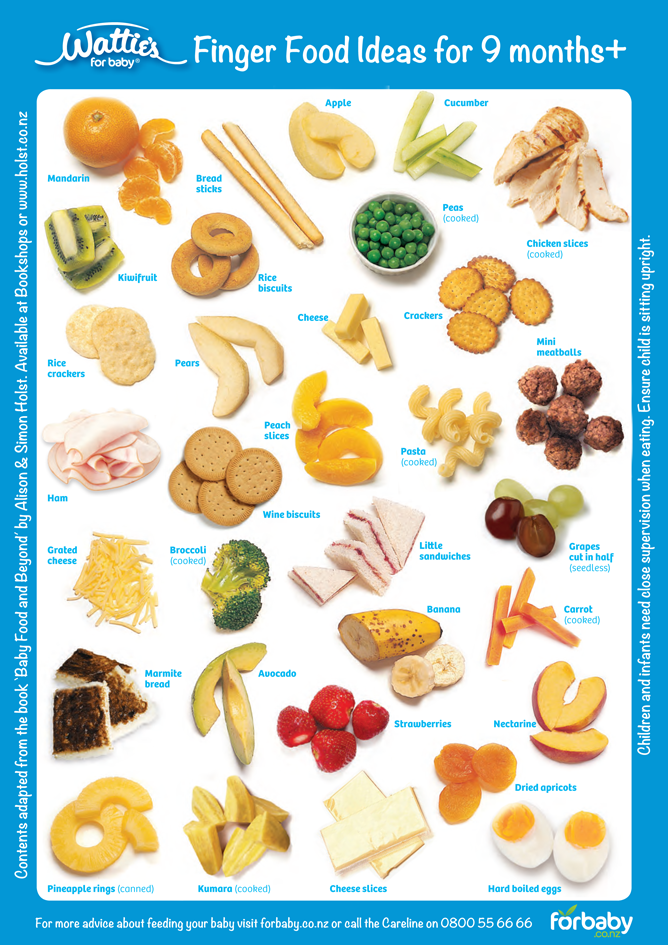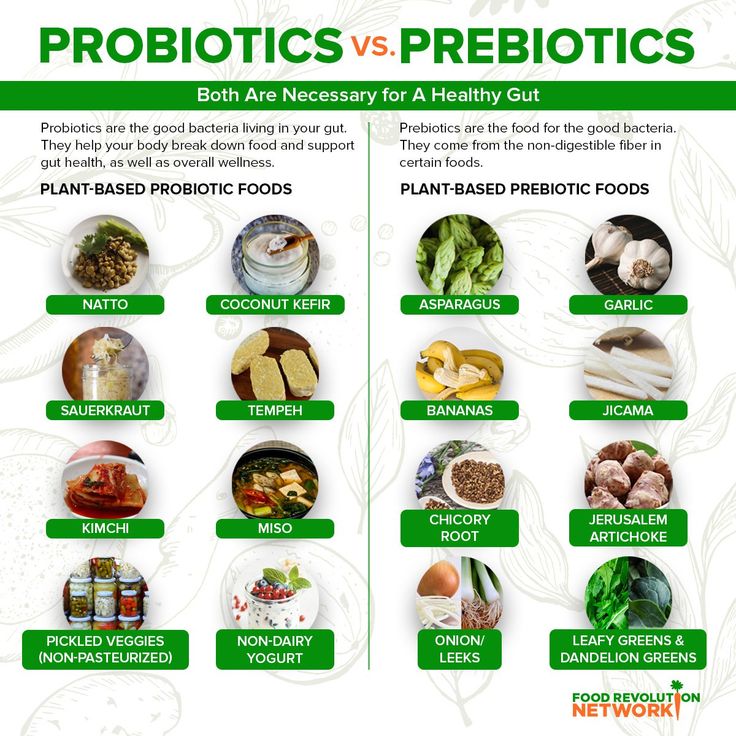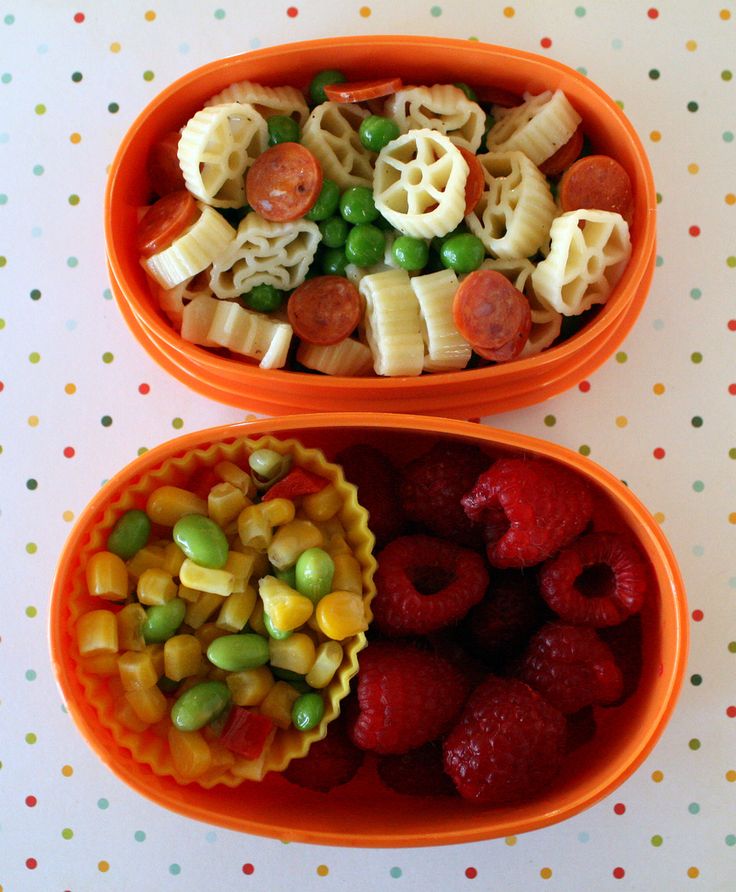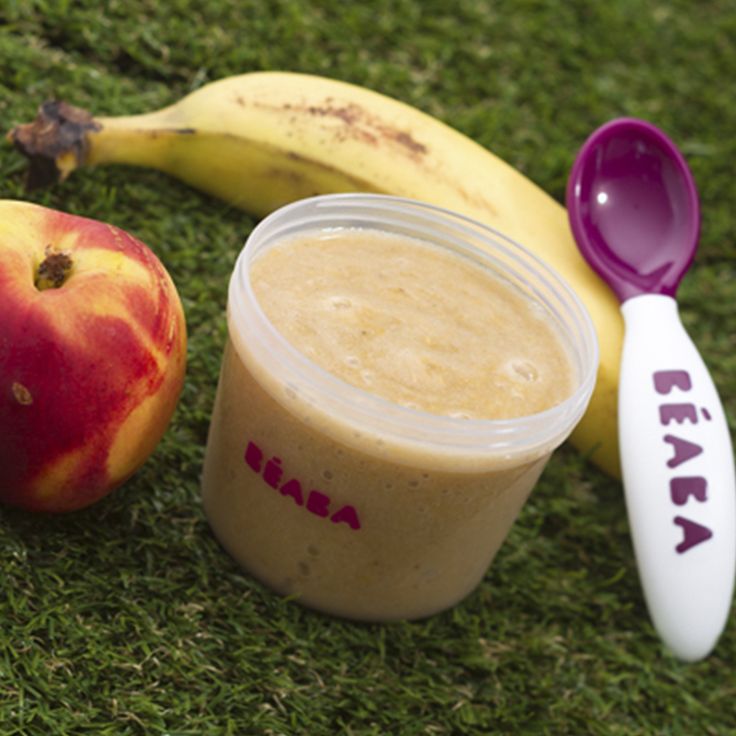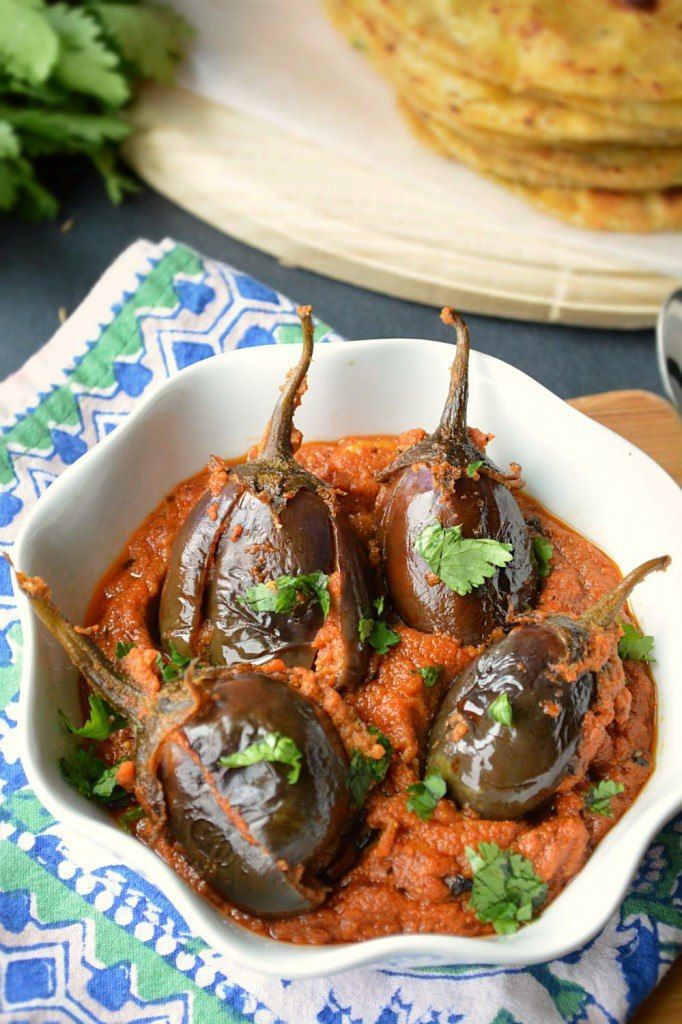How to cut banana for baby finger food
Banana For Babies - Baby Led Weaning Method
BABY | Baby Led Weaning | Finger Foods | TODDLER | Vegan
6.3K shares
Jump to Recipe - Print Recipe
One of the great things about bananas for babies is how simple it is to turn them into convenient healthy baby food. Whether you are using the banana as baby led feeding starter food, mashed into apuree, or even in recipes like banana muffins, banana pancakes or banana bread, babies will really enjoy the sweetness and soft texture.
Banana can be served to babies from
6 months and up (or whenever your baby shows signs of weaning readiness).Baby eating banana.Banana For Baby Led Weaning By Age
Banana For 6 Month Old Baby
If you’re just starting weaning at this stage, a 6 months old baby will only be able to eat about 2/3-inch to 1-inch chunk of banana (or 1 tablespoon of banana puree) at a time. If you are choosing the baby led weaning style, rip a banana into “graspable shapes” about the size of your finger. Long enough so they can bite off what sticks out of their small hand (see pictures below how to split a banana without a knife).
Banana For 7-8-9 Month Old Babies
Once your baby starts to develop the fine motor skills, and is able to pick up objects between his or her thumb and forefinger, you can transition from finger size banana servings to smaller chunks (bite size pieces). At 8-9 months babies can handle from 1/4 to 1/2 of a large banana per day or about 5 to 8 tablespoons of banana puree (not including other foods). You can also incorporate bananas into pancakes, muffins, bread or porridge.
Banana For 9-12 Month Old Babies And Older
At this age babies get more confident with finger foods, and they can adapt and handle an entire small banana (per day) by themselves without the skin. It’s also a great time to introduce cutlery.
It’s also a great time to introduce cutlery.
How To Cut Banana For Baby Led Weaning (As Finger Food)
If it is a large banana, cut the banana into thirds or if it’s smaller – into half, then you have 2 options:
- Splitting Banana: peel the banana and gently push it from top tip, down the middle of banana, it will naturally split into 3 finger sized pieces (this method is better than cutting it with a knife, it’s a lot less slippery).
- Banana Handles: another method after you cut the whole banana in half, is to cut the peel off the top half of the banana (about 1-2 inches) and leave the bottom peel as a handle.
This post may contain affiliate links. To read the disclaimer policy See This.
How To Serve Frozen Banana For Teething Baby
Frozen banana is perfect for baby teething pains.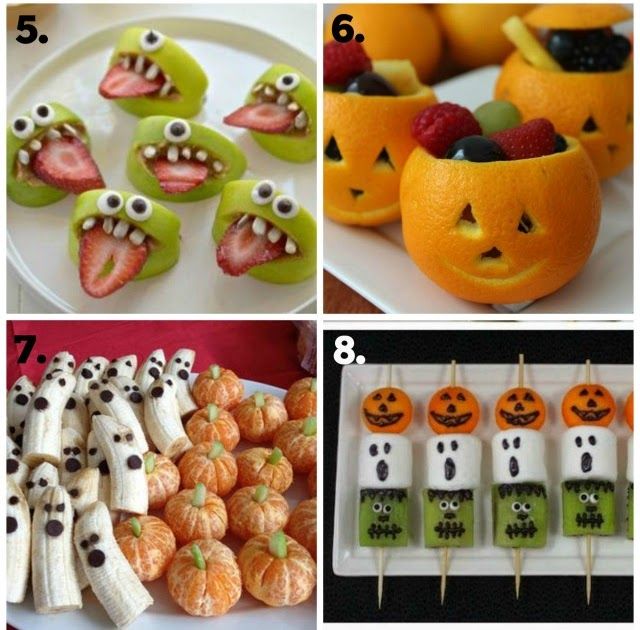 You can put a small piece of frozen banana into a food feeder or make small frozen popsicles from banana puree, either way it’s very soothing for sore gums.
You can put a small piece of frozen banana into a food feeder or make small frozen popsicles from banana puree, either way it’s very soothing for sore gums.
Which Banana Are Good For Babies?
Fully yellow bananas that separate easily from each other at the stem (which are indications of ripeness) is the best banana for your baby. When bananas are very ripe, they’re softer and more digestible. Unripe and green (or partially green) bananas can cause constipation in babies. If banana is overripe, and the peel turns black or brown (the inside is still unspoiled) – they are still very safe for babies.
Tip: If you purchased bananas that are still a little green, place the unripe bananas in a paper bag (room temperature) along with a high-ethylene producing fruit (a ripe banana or apple) the ethylene gas will speed up the ripening process.
Related: Melon For Babies: Ways To Cut (BLW) Serve
How Much Banana Can A Baby Eat Per Day?
As long as there are no issues with constipation and your baby is also getting the right amount of breastmilk, and other category off foods, then it’s less likely the baby is overeating banana.
As they grows up, the amount of banana babies can have will change with time, so a 6 month old baby can start with 1/3 of banana per day (about 6 tablespoons of it’s a puree) and progress to 1/2 of banana (8 tablespoons) when he/she is 9 months old. By the time your baby is 12-16 months her/she can have a whole banana and up to one and a half.
Here is a reference table of how much banana can a baby eat per day / by age:
Banana Baby Food Ideas
- Banana puree (smooth mashed bananas) nothing else.
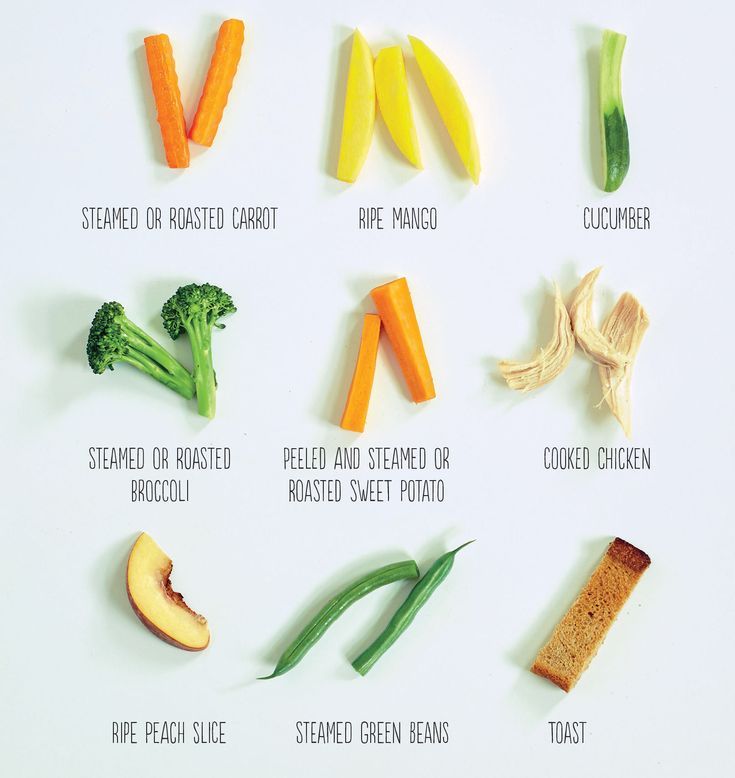
- Other foods to mix with banana puree (pear, blueberry, prune puree, kiwi, apple sauce, yogurt, baby cereal).
- Banana porridge (simply add mashed banana or puree to your preferred porridge).
- Banana smoothie (mix banana with another fruit and use milk as a blending liquid).
- Banana bread (without added sugar) suitable for babies 6 months +, toddlers and kids.
- Banana pancakes (great for babies 6 months +, for baby-led weaning and toddlers).
- Banana Oat Pancakes for babies 6 months+, BLW and older kids.
- Banana muffins with mashed bananas (gluten free and dairy free option).
- Banana carrot muffins with grated carrots and mashed banana.
- Sugar free banana cookies (for babies 9 months and older).
Banana Allergy In Babies
Some babies are allergic to bananas. To be more exact, it’s a hypersensitivity towards a specific protein found in it. This protein is also present in kiwi and avocado and latex, so make sure to avoid those as well.
The symptoms of banana intolerance or allergy include itchiness, redness, local swelling, stuffy nose, wheezing diarrhea, gas, vomiting, or in severe allergic cases -anaphylaxis (this is extremely rare though). The allergic reactions can happen immediately or within a few hours of consuming the fruit. The exposure to the allergen can happen also via breast milk, so the mother should avoid it too [1].
And the good news is children who have only mild allergic reactions are significantly more likely to outgrow the allergy.
More Baby Led Weaning Ideas
- Strawberries For Baby Led Weaning (How To Cut/Serve)
- Carrots For Baby Led Weaning
- Avocado For Baby (BLW) Ways To Serve
- Sweet Potato Baby Led Weaning: Ways To Serve
- Potatoes For Baby: How To Prepare & Serve (BLW)
- Cauliflower For Baby (BLW)
- Apple Pancakes For Baby / Toddler (BLW)
- Blueberry Pancakes For Babies & Toddlers (Dairy Free & Egg Free Option)
- Easy Baby Blueberry Muffins (6 months+ Dairy Free GF Option)
Banana For Babies – Baby Led Weaning Method
ThrivingNest
Ways to serve banana for babies.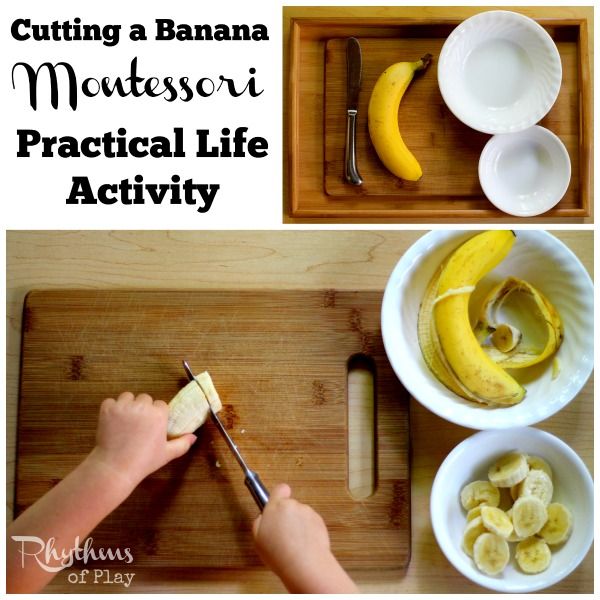 Whether you are using the banana as baby led feeding starter food or mashed into a puree, it can be served to babies from 6 months and up (or whenever your baby shows signs of weaning readiness). Also check out tips on how to cut banana for baby led weaning as finger food.
Whether you are using the banana as baby led feeding starter food or mashed into a puree, it can be served to babies from 6 months and up (or whenever your baby shows signs of weaning readiness). Also check out tips on how to cut banana for baby led weaning as finger food.
5 from 1 vote
Print Recipe Pin RecipePrep Time 2 mins
Total Time 2 mins
Course Snack
Cuisine Baby Food
Servings 2 or 3 servings
Banana For Baby Led Weaning (As Finger Food)
- 1 banana (ripe)
How To Cut Banana For Baby Led Weaning (As Finger Food)
Make sure you wash the banana thoroughly before proceeding to cutting. If it is a large banana, cut the banana into thirds or if it’s smaller – into half.
Then you have 2 options:
Splitting Banana: peel one portion and gently push it from top tip, down the middle of banana, it will naturally split into 3 finger sized pieces (this method is better than cutting it with a knife, it’s a lot less slippery).

Banana Handles: another method after you cut the whole banana in half, is to cut the peel off the top half of the banana (about 1-2 inches) and leave the bottom peel as a handle.
Serve Frozen Banana For Teething Baby
Place a small piece of frozen banana into a food feeder (the size depends how large is the pocket). Its convenient and the small handle lets baby get a good grip.
Make small frozen popsicles from banana puree (you will need 1 banana) and 2-3 tablespoons of yogurt (choose non-dairy yogurt if baby has dairy intolerance). Mix those 2 ingredients in a blender and pour into small popsicle molds. Freeze for about 5-6 hours.
Fully yellow bananas that separate easily from each other at the stem (which are indications of ripeness) is the best banana for your baby. When bananas are very ripe, they’re softer and more digestible.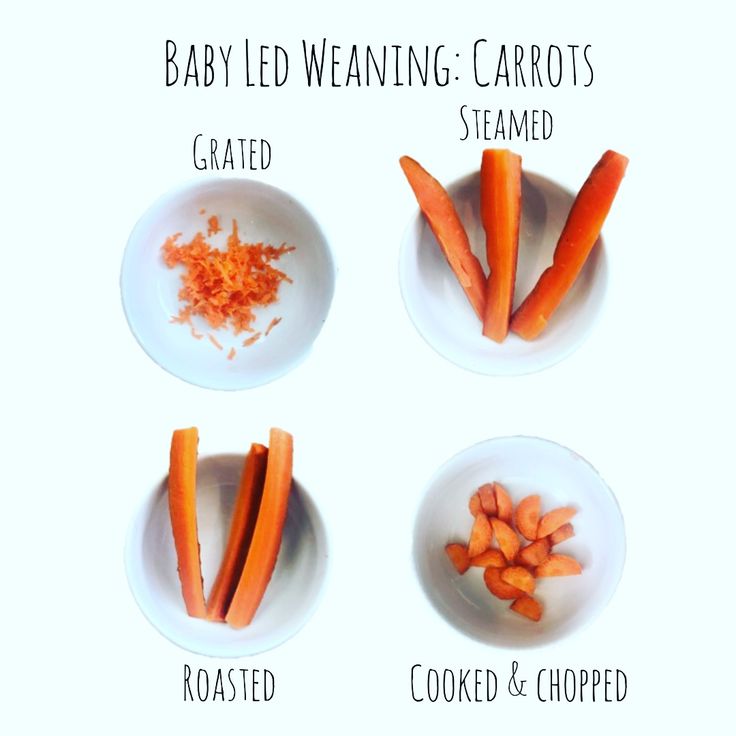 Unripe and green (or partially green) bananas can cause constipation in babies.
Unripe and green (or partially green) bananas can cause constipation in babies.
Tip: If you purchased bananas that are still a little green, place the unripe bananas in a paper bag (room temperature) along with a high-ethylene producing fruit (a ripe banana or apple) the ethylene gas will speed up the ripening process.
Recommended Banana Servings Per Day:
| 1/3 medium banana |
| 1/2 medium banana |
| 1½ medium banana |
Have you tried any of these recipes? Your feedback is really helpful, please rate and leave a comment below recipe card!!
Disclaimer: The information, including but not limited to, text, graphics, images and other material contained on this website are for informational purposes only and not intended for medical advice.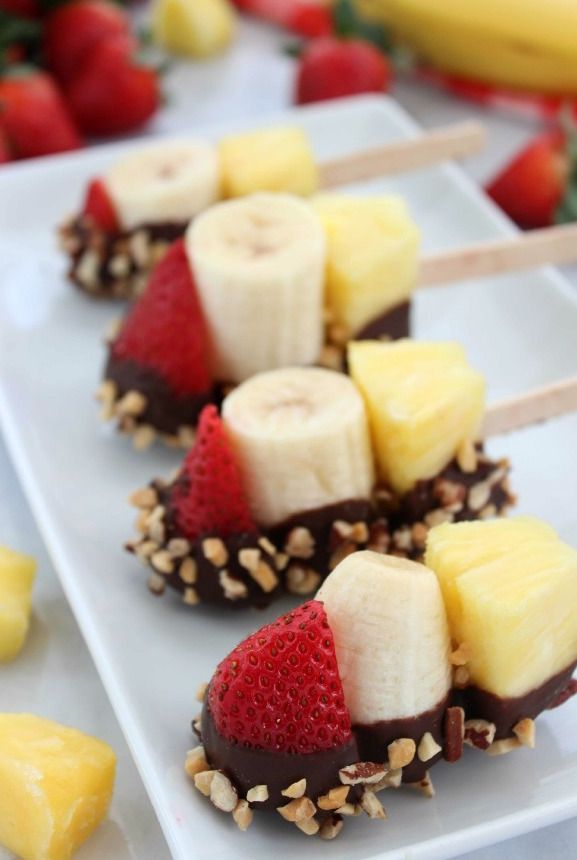 Please refer to my full disclaimer for more info.
Please refer to my full disclaimer for more info.
©ThrivingNest. Content and photographs are copyright protected and need prior permission to use. Copying and/or pasting full recipes to other websites and any social media is strictly prohibited. Sharing and using the link of this recipe is both encouraged and appreciated!
6.3K shares
Post Tags: #12-18 months#6-9 months#9-12 months
Similar Posts
How to Start Baby-Led Weaning with Banana
Here is everything you need to know about baby-led weaning with banana, from a pediatric registered dietitian. Whether you’re doing baby-led weaning, spoon-feeding, or a combination, this post will walk you through, step-by-step how to introduce bananas to your baby.
Bananas are a delicious and easy food to offer your baby when they are ready to start solids.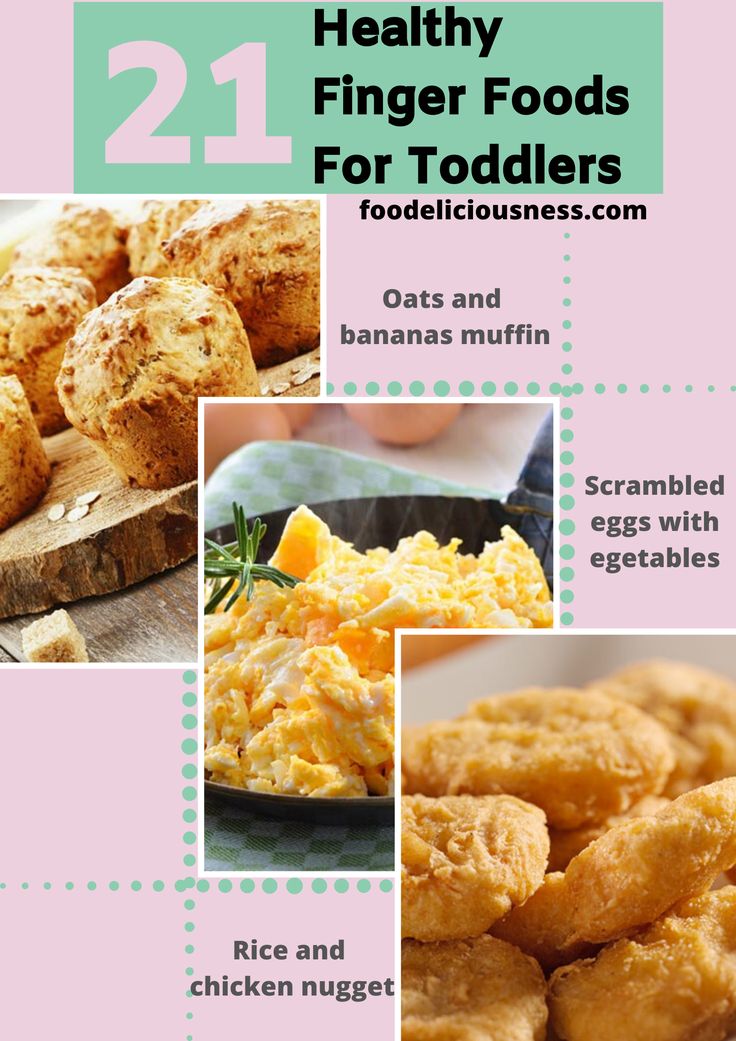 A yummy, economic, and versatile option, it is hard to go wrong! Bananas are sweet and soft, a great texture for learning to chew. As your kiddo’s little gums mash chunks of ripe banana, they are also strengthening their chewing and oral motor muscles!
A yummy, economic, and versatile option, it is hard to go wrong! Bananas are sweet and soft, a great texture for learning to chew. As your kiddo’s little gums mash chunks of ripe banana, they are also strengthening their chewing and oral motor muscles!
Here is what this post will cover:
- When to introduce bananas to baby
- Why bananas are great baby-led weaning food
- Health benefits of banana
- Is there a difference between organic or conventional bananas?
- How to serve banana to baby
- How to store bananas for baby-led weaning
- Ripe bananas versus unripe bananas
- Frequently asked questions about introducing banana to your baby
- Quick balanced banana snack combinations
- Delicious baby-led weaning banana recipes
When to Introduce Baby-Led Weaning with Banana
You can serve bananas to your baby as soon are they are showing all the signs of readiness to eat solids! For most babies this happens at around 6 months – this is right around the time that I recommend introducing solid foods. Check out this guide for important information on your baby’s readiness cues for baby-led weaning.
Check out this guide for important information on your baby’s readiness cues for baby-led weaning.
Why bananas are a great baby-led weaning food
Not only are bananas scrumptious and sweet, they are also the perfect soft texture for baby led weaning, without any modification needed! A peeled ripe banana is firm enough for your baby to grasp and bring to the mouth, but soft enough to easily mash between their gums. Bananas also can be easily manipulated to your baby’s preferred texture. If your baby prefers eating from a spoon, simply mash the banana in a bowl with a fork! Bananas on their own have many health benefits (as outlined below), however they can be easily combined with other foods to amp up the nutrition of your baby’s meal even more! Mix mashed bananas into high iron infant oatmeal or whole plain yogurt, a good source of protein and calcium!
The versatility of bananas makes them an ideal baby led weaning food. Since this yellow fruit can be changed into so many different textures and forms, there is great opportunity for your baby to be exposed to its flavor in many ways! Let your baby touch, squish, taste and experiment with what you offer.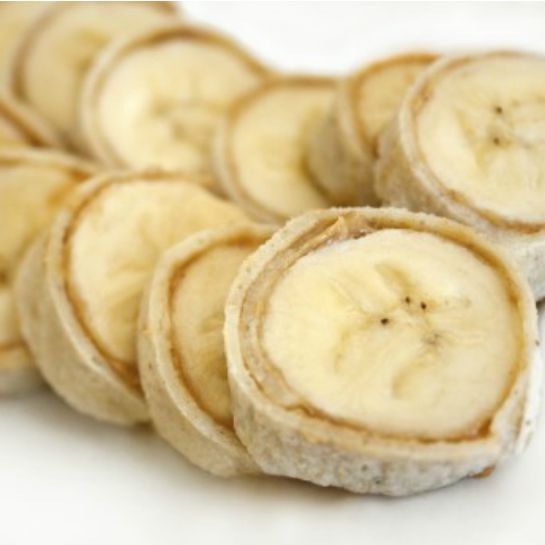 They get to lead the way! You may find that your baby prefers banana puree one day, but a few exposures down the line, they may seem to love banana fingers (see examples below)!
They get to lead the way! You may find that your baby prefers banana puree one day, but a few exposures down the line, they may seem to love banana fingers (see examples below)!
Health Benefits of Banana
Bananas are a source of carbohydrate, which provides energy for your baby to develop, move and grow. They are also a good source of fibre, which helps aid digestion and promote a healthy gut. This yellow and naturally sweet fruit is also an excellent source of certain essential vitamins and minerals including vitamin B6, potassium and magnesium. Both potassium and magnesium are needed for proper nerve and muscle function in your baby. Magnesium also plays a part in building strong bones too!
One small banana provides more than enough of the vitamin B6 your baby needs in a day. This B vitamin is essential for your baby’s cognitive development and immune function.
Is There a Difference Between Organic or Conventional Bananas?
As a dietitian I get asked this question all of the time! The main difference between organic and conventional bananas is the way they were grown.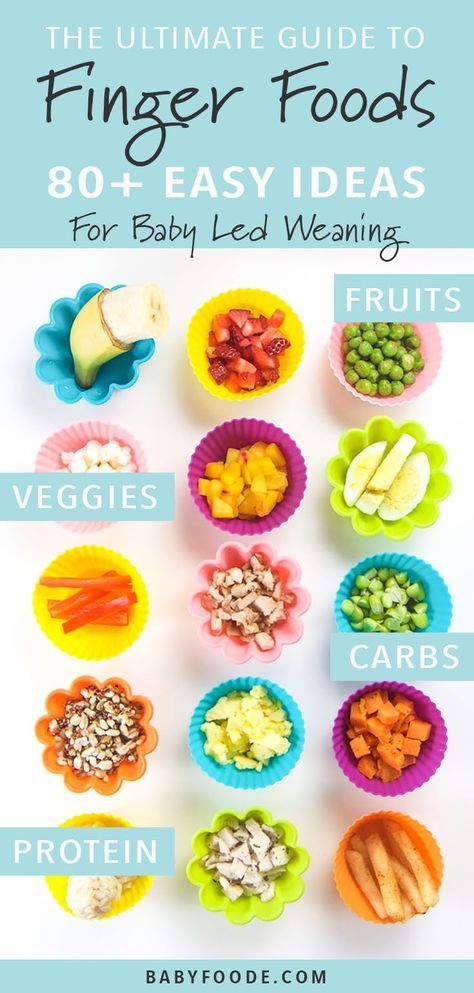 Canadian Organic Standards do not allow the use of synthetic fertilizers or pesticides, and encourage practices that promote biodiversity and reduce environmental impacts1. These regulations make organic bananas more expensive than conventional bananas. However, both conventional and organic bananas are equal in nutritional value and offer the same health benefits! Really, it comes down to personal preference.
Canadian Organic Standards do not allow the use of synthetic fertilizers or pesticides, and encourage practices that promote biodiversity and reduce environmental impacts1. These regulations make organic bananas more expensive than conventional bananas. However, both conventional and organic bananas are equal in nutritional value and offer the same health benefits! Really, it comes down to personal preference.
How to Serve Banana to Baby
6-7 months
Banana fingers
Split banana by running your finger through the top point down the middle seem, so that it comes apart in 3 long finger-like strips. The banana will be less slippery when separated this way allowing your baby to get a better grasp to bring it up to their mouth.
Banana with bottom skin on
Cut a large banana in half. Take one half of the banana and carefully cut into the peel horizontally about halfway down. Slice into the banana just enough to cut the peel, but not into the flesh.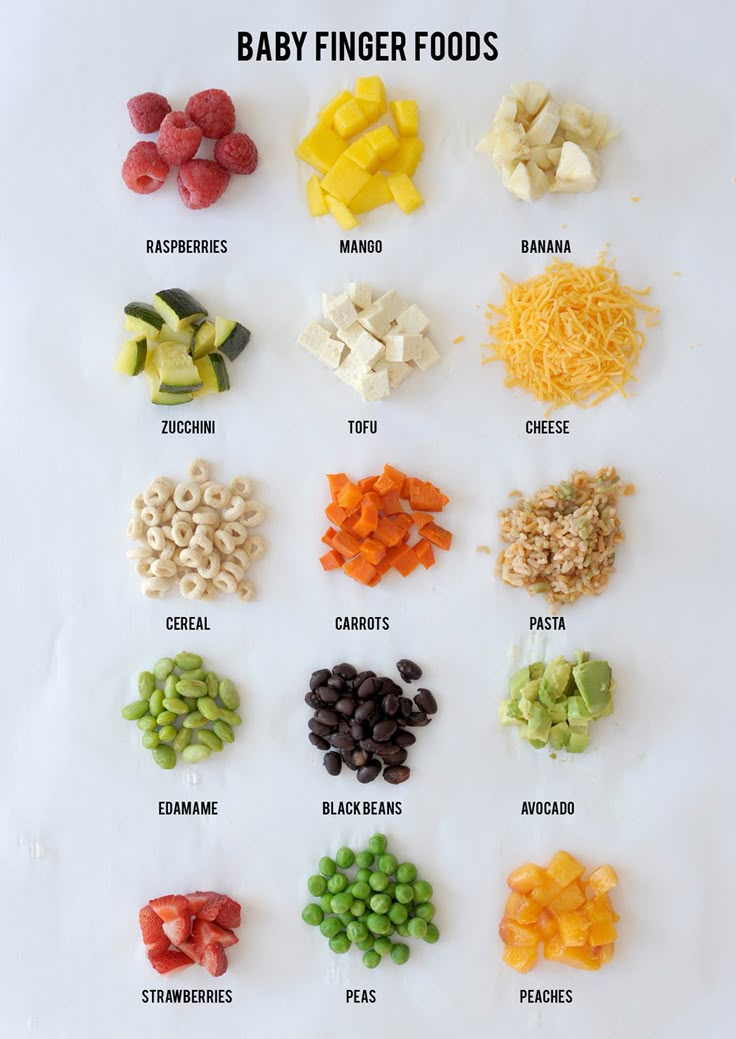 Cut around the diameter and pull off the top section of peel. This will leave the bottom half of the banana covered in peel so your baby has a “handle” to easily grasp and bite/gum the top exposed banana flesh.
Cut around the diameter and pull off the top section of peel. This will leave the bottom half of the banana covered in peel so your baby has a “handle” to easily grasp and bite/gum the top exposed banana flesh.
Banana mash
Peel a ripe banana and mash with a fork on a plate or in a bowl. Mash to varying levels of consistency to expose your baby to different textures (i.e. smooth, lump, or chunky). Your baby can use a self-feeding spoon like this one by Grabease or this infant spoon by Munchkin.
8-9 months
Strips of banana rolled in hemp hearts or infant cereal
Separate banana into strips with fingers or knife. Roll banana in hemp hearts or infant cereal. This allows your baby to grip the banana better as it will be less slippery.
Banana pancakes
Mash a banana with a fork and whisk in 2 eggs. Add in about ¼ cup of baby oatmeal to get a pancake batter consistency. Ladle mixture onto an oiled non-stick pan and cook pancakes.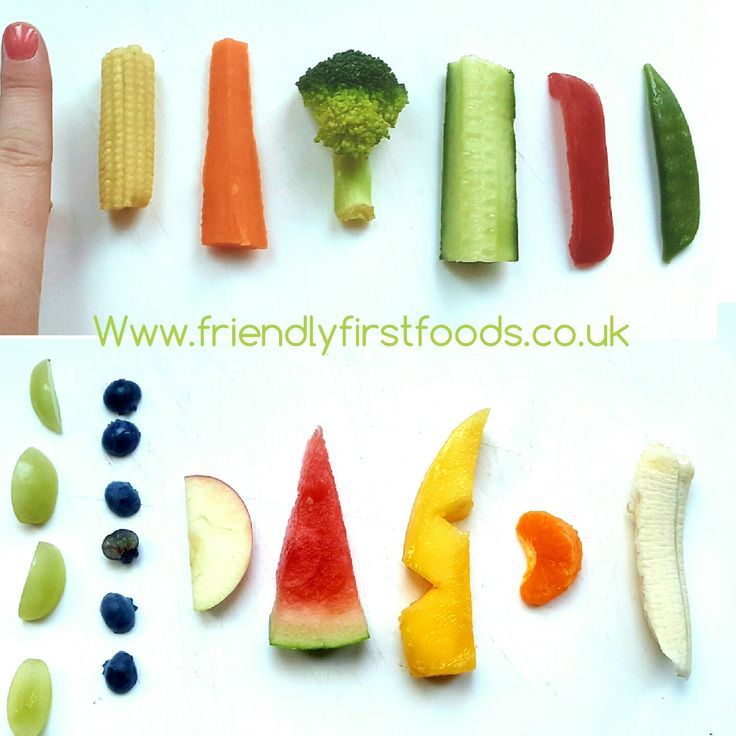 Serve cooled mini pancakes, or cut larger pancakes into fingerlike strips for an easy grasp. Also it is an option to cut into medium sized pieces to encourage pincer grasp.
Serve cooled mini pancakes, or cut larger pancakes into fingerlike strips for an easy grasp. Also it is an option to cut into medium sized pieces to encourage pincer grasp.
Banana yogurt popsicles
Blend frozen banana with milk, plain yogurt. Option to add other spices or fruits such as cinnamon, or strawberries! Pour smoothie mixture into popsicle molds and allow them to freeze in the freezer. Serving banana in popsicle form exposes your baby to the banana flavor at a different temperature and texture to help expand their palate. What a delicious way to start baby-led weaning with banana!
10-12 months
Banana oatmeal
Mash banana and stir it into your baby’s favorite cooked oatmeal combination to add additional sweetness and nutrition!
Banana chunks in yogurt
Cut up banana into smaller bite sized chunks and mix it into plain yogurt. Managing two different textures mixed together helps baby to strengthen their ability to manipulate, chew, and swallow more complex combinations of food.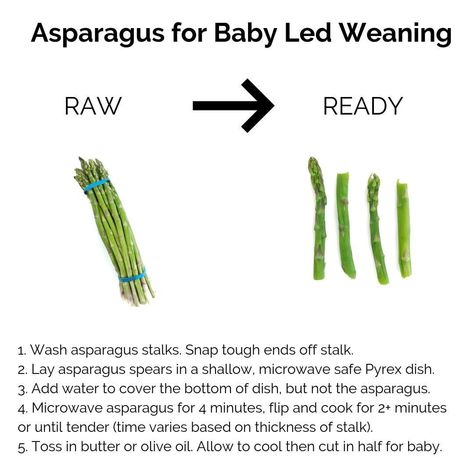
Sliced banana on nut butter toast
Spread a thin layer of peanut butter on whole grain toast. Layer with thin slices of banana over top. This is a great way to add natural sweetness and variety to your baby’s toast!
How to store bananas for baby-led weaning
Storing whole bananas
Buy green bananas if you want maximum storage time before they ripen. If you plan to eat your bananas throughout the week it’s a good idea to buy bananas in varying degrees of ripeness. When ripe yellow bananas become speckled with a few brown spots, they become quite sweet, soft and easy to peel. This is the perfect stage for mashing into baked goods, or freezing for later use in banana smoothies or other recipes. Be sure to always peel your bananas before freezing them. If you plan on blending the frozen bananas later, it’s a good idea to slice them into smaller round pieces, making the frozen flesh easier to blend into a smooth creamy texture.
Storing pureed banana
Store fresh pureed banana baby food in a sealed container in the fridge for up to 2 days or in the freezer for up to 1 month2.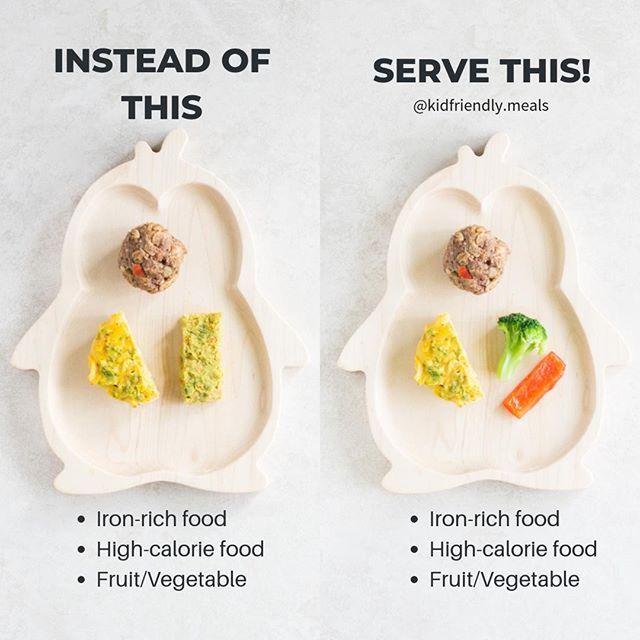 Throw out baby led weaning type strips or chunks of banana after your baby is done. Throw away left over banana puree, do not store in fridge for later use as it will be contaminated with your baby’s saliva.
Throw out baby led weaning type strips or chunks of banana after your baby is done. Throw away left over banana puree, do not store in fridge for later use as it will be contaminated with your baby’s saliva.
Storing your bananas in the refrigerator will actually cause the peel to turn a brown or black color as the cold damages the cells in the banana peel. However even though the peel looks like the banana is over-ripe, the actual banana flesh will ripen more slowly in cold temperatures.
Ripe Bananas Versus Unripe Bananas
Have you ever wondered why yellow, more ripe bananas taste much sweeter than the unripe green ones? This is because as the banana ripens, the resistant starch is converted into simpler more digestible sugars. This also makes the banana flesh softer and sweeter, with less of a “starchy” taste.
If you want your bananas to ripen faster, store them at room temperature beside other ripe fruits or bananas. Ripe fruits produce a gas that accelerates the ripening process! Storing bananas in a paper bag can also help trap this gas and make the banana ripen faster.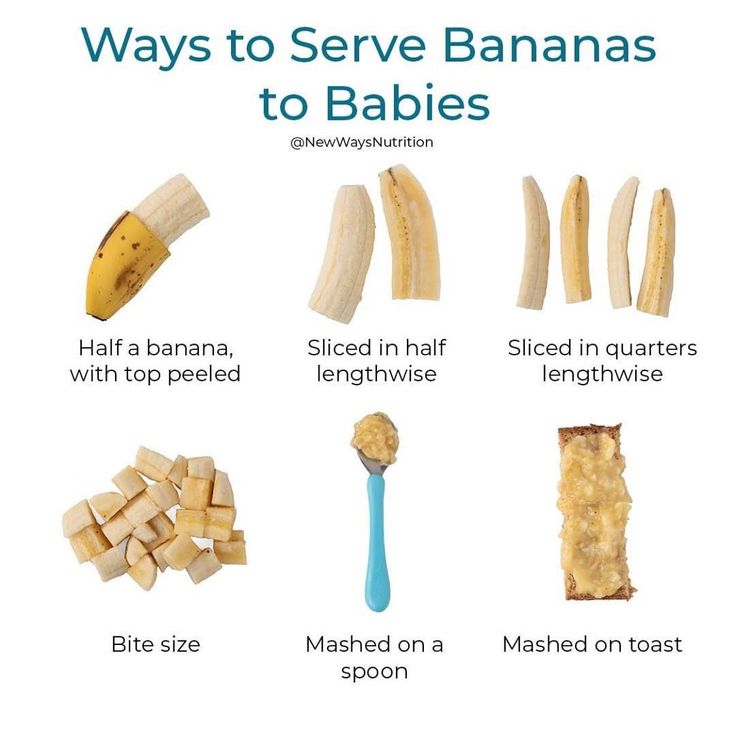
If you want to delay bananas from ripening so they last longer, ensure to remove them from any bags, so the ripening gas can escape. Avoid choosing already spotted or bruised bananas as this means it has more air exposure which makes it ripen faster. If you wrap the stems of your banana bunch with plastic wrap, it will help to decrease oxygen exposure, slowing the ripening process.
Frequently asked questions about introducing banana to your baby
Is baby-led weaning with bananas constipating for babies?
Constipation can be the result of one or more of the following: not enough dietary fibre, low fluid intake, or not moving their bodies enough. On the other hand, too much fibre paired with not drinking enough fluid can also lead to constipation! As you can see the answer is not simple. What we do know is that bananas are a good source of both soluble and insoluble fibre. Soluble fibre attracts water and forms a gel to help create bulk to help regulate digestion. Insoluble fibre passes through the digestive system unchanged, helping to “push things along” and promote healthy bowel movements. Bananas generally help promote regular bowel movements in babies because its is a good source of both of these fibres. However, as mentioned above, too much fibre (or too much banana) can plug up the digestive system when not in balance with enough movement or fluid intake.
Insoluble fibre passes through the digestive system unchanged, helping to “push things along” and promote healthy bowel movements. Bananas generally help promote regular bowel movements in babies because its is a good source of both of these fibres. However, as mentioned above, too much fibre (or too much banana) can plug up the digestive system when not in balance with enough movement or fluid intake.
Is banana a choking hazard for babies?
Ripe bananas are not a typical choking hazard for babies as they are soft and easy to breakdown in the mouth. Make sure to serve ripe bananas with a deep yellow color and a few brown spots to ensure the texture is soft but not too mushy. Overripe brown bananas are too squishy for a baby to pick up and bring to their mouth for self-feeding purposes. Unripe green bananas are too firm and more difficult for your little one to chew down and swallow, posing a possible choking risk. The simplest and safest way is to serve your baby ripe soft bananas in strips/chunks or mashed/ pureed form.
The simplest and safest way is to serve your baby ripe soft bananas in strips/chunks or mashed/ pureed form.
Quick Balanced Banana Snack Combinations
Pairing banana with a protein containing food is a great way to amp up the nutrients of your little one’s snack, while providing essential building blocks for your baby’s growth and development. Protein will also help to fill up their little tummies until the next scheduled feeding! Here are some quick and easy snacks for baby-led weaning with banana:
- Banana mash or chunks mixed into plain full fat yogurt
- Banana strips and nut butter dip (made from plain yogurt and nut butter mixed)
- Banana chunks and shredded cheese
- Banana strips or chunks rolled in hemp hearts
- Peanut butter toast with thinly sliced banana on top
- Banana smoothie with frozen banana, milk, plain yogurt, peanut butter, and cocoa powder (optional)
Delicious recipes for baby-led weaning with banana
- Iron-Rich Mini Banana Muffins for Baby Led Weaning
- 3-Ingredient Flourless Banana Pancakes
- Easy Peanut Butter Banana Fudgesicles
- Mango Banana Coconut Smoothie
- Easy Egg and Banana Mini Muffins
References:
- FAQ | Choose Canada Organic
- Infant Nutrition – Complementary Feeding – Key Practice Points (pennutrition.
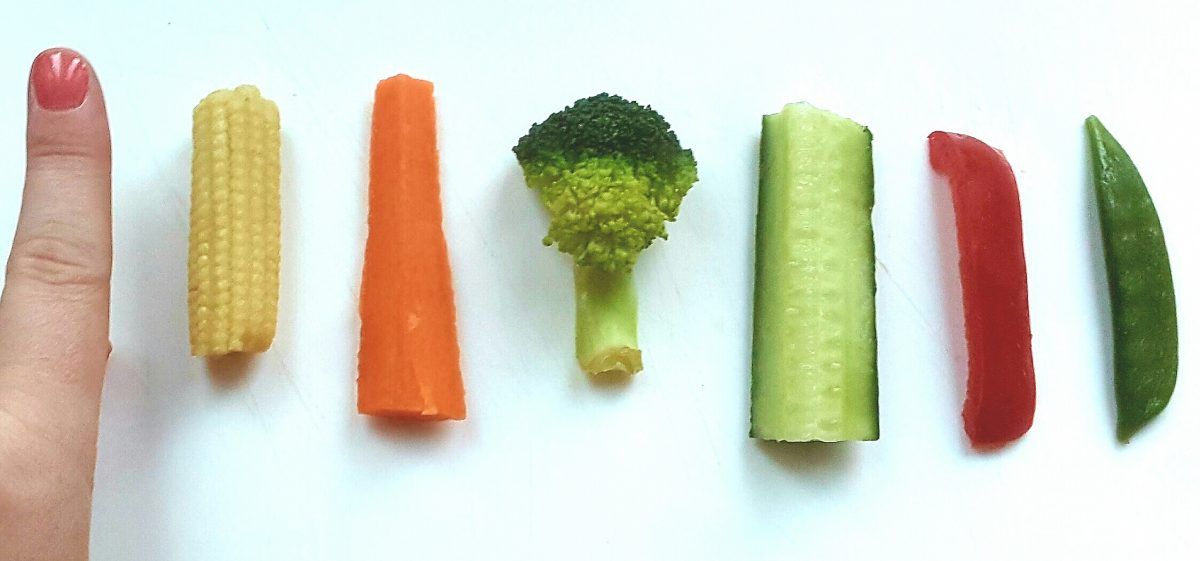 com)
com)
This post was written by Susan Sommerville, RD and reviewed by Sarah Remmer, RD
Banana puree for feeding children from 6 months
Age - from 6 months
Today, pediatricians are of the opinion that it is worth starting any complementary foods at 6 months, and complementary foods with fruit purees - only after the introduction of vegetables and cereals into the diet baby. Ideal as a first fruit food - apple and pear. Then you can try plum, banana and other fruits.
Weaning banana puree
Serving option:
Cooking ingredients:
- 1 banana
Mash a mature banana with a fork. You can add some boiled water to make it thinner. Places where the skin has darkened must be cut off!
How to make banana puree for babies
1. Banana puree with apricots and gruel
Ingredients:
- 2 apricots
- 4 tbsp. spoons of water
- 10 g rice flakes or any other prepared porridge
- banana half
Step by Step Recipe Baby Banana Puree :
- Pour hot water into a bowl.
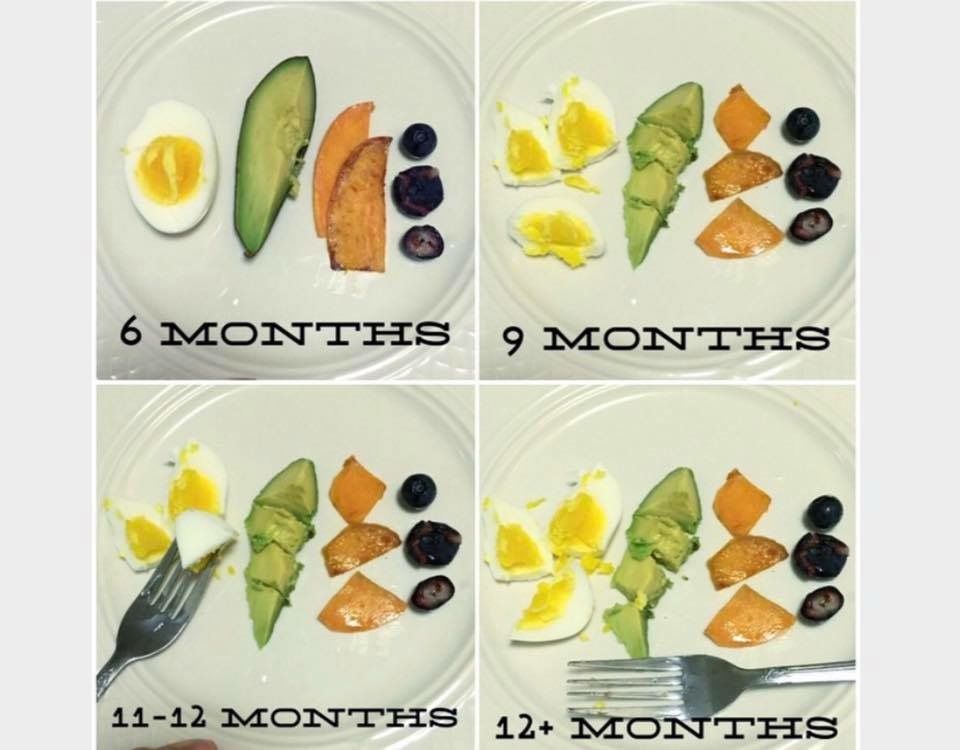
- Cut whole apricots vertically and horizontally.
- Put in water for a couple of minutes, then the skin will be very easy to remove.
- Apricots should be skinned and pitted, then cut into small pieces and crushed.
- Simmer the apricots for about 10 minutes under a closed lid in a small amount of water. Be careful not to burn the puree.
- Mix apricots with banana and puree with a blender (you can also just mash with a fork).
- Mix fruit puree with rice cereal or any other prepared porridge.
2. Apple and banana puree for baby food
Ingredients:
- half an apple
- banana half
Step-by-step recipe Apple Banana Puree :
- Peel the apple well and cut into small pieces.
- Plunge into a saucepan with a little water (50 ml) and bring to a boil.
- Cook for about 7 minutes over low heat.
- Peel the banana and cut off the ends.

- Puree apples and bananas, let cool slightly.
3. Apple and banana puree with juice
Ingredients:
- 1 apple
- 1 banana
- 2 tbsp. spoons of orange juice (or any other)
Step-by-step recipe Banana Puree with Juice :
- Peel the apple, grate it on a fine grater - for children from 9 months. For babies, it is better to pre-cook the apple in slices, as in the previous recipe.
- Mash the banana with a fork and combine with the apple, stir.
- Finally add juice.
Banana puree is conditionally suitable for feeding babies and first feeding of children up to a year (from 6 months). Given the fact that a banana is an exotic fruit, it is worth introducing it after an apple and a pear.
Labels apricot, banana, apple. Bookmark the permalink.
Did you like it? Press the button:
Bananas in baby food - Encyclopedia Baby food
Levchuk Victoria © For the last 20 years, bananas have been sold in any store.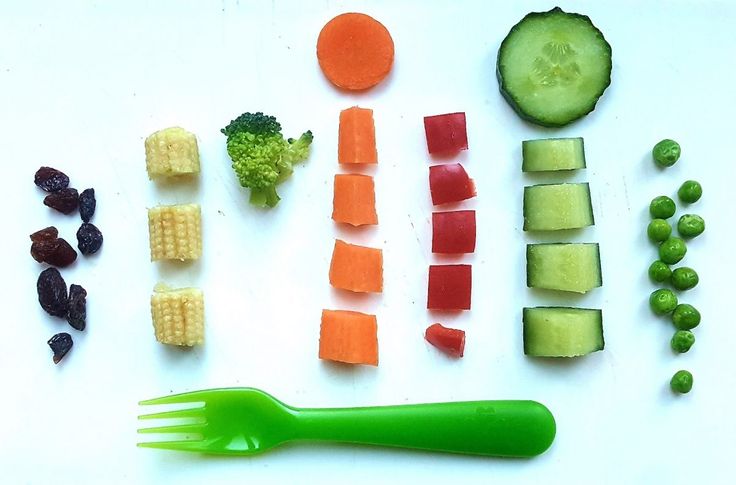 Once an expensive fruit, it is now inexpensive and already considered a local product. Since the banana is available all year round and does not have to be prepared for a child, it has won the love of many parents.
Once an expensive fruit, it is now inexpensive and already considered a local product. Since the banana is available all year round and does not have to be prepared for a child, it has won the love of many parents.
In our article you will find out when a banana is introduced into complementary foods, whether a banana can be given to children and at what age, how to introduce it into complementary foods, etc. Bananas in baby food are an excellent source of vitamins and minerals, perfect for baby's first complementary foods at 8-10 months.
What are bananas?
Contents:
Banana is a perennial herbaceous plant that belongs to the Banana family. Edible in a plant is its fruit with the same name.
There are about 500 varieties of bananas. But not all are known, and some varieties are not cultivated. The most famous varieties of bananas:
1) The most common variety is Cavendish. The fruits are 15 to 25 cm long, their peel is yellow, sometimes greenish. When the banana peel is completely yellow with brown spots, the banana has reached its maximum maturity. The black skin, soft texture of the fruit is a sign of overripeness. Worldwide consumption of bananas of this variety is much greater than that of any other fruit from the tropics. This variety is mainly imported to Russia.
When the banana peel is completely yellow with brown spots, the banana has reached its maximum maturity. The black skin, soft texture of the fruit is a sign of overripeness. Worldwide consumption of bananas of this variety is much greater than that of any other fruit from the tropics. This variety is mainly imported to Russia.
2) Also imported into our country are small bright yellow fruits up to 7.5 cm long, called baby banana or finger banana. These babies have a rich sweet taste, excellent aroma, creamy texture. They are eaten raw, baked, used in salads and other dishes. This variety of bananas is much more expensive than the others.
3) Banana Barro square, yellow skin, cream colored flesh. Can be eaten fresh or used in cooking.
4) Java Blue Banana or Ice Cream Blue Banana. This banana is small, thick, with a blue-green skin, and has a sweet, creamy taste.
5) Manzano banana or apple banana has a rich strawberry-apple flavor. Its fruits are short and plump.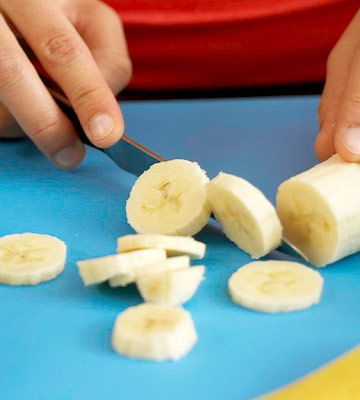
6) Plantain banana is an elongated fruit with a thick skin. Depending on the stage of ripening, the peel of this banana changes shades from light green to black. The flesh of Plantain is light pink. It is used for cooking and is not edible raw. In the Caribbean and Mexico, it serves as a substitute for potatoes. Plantain is fried or stewed, and when the fruit is fully ripe, it can also be used to make desserts.
7) A red banana is sweeter than a yellow one. Ripe fruits are maroon and purple, the flesh is pink.
Banana season
Although in Russia bananas are considered to be predominantly winter treats, bananas do not have a specific season. In warm countries, it bears fruit all year round.
The climate in Russia is not suitable for growing bananas. Therefore, all bananas come through the import of these fruits. However, in the south of Russia, in Sochi and its environs, this plant is grown. The fruits do not have time to ripen, as the air temperature in winter is below 0C.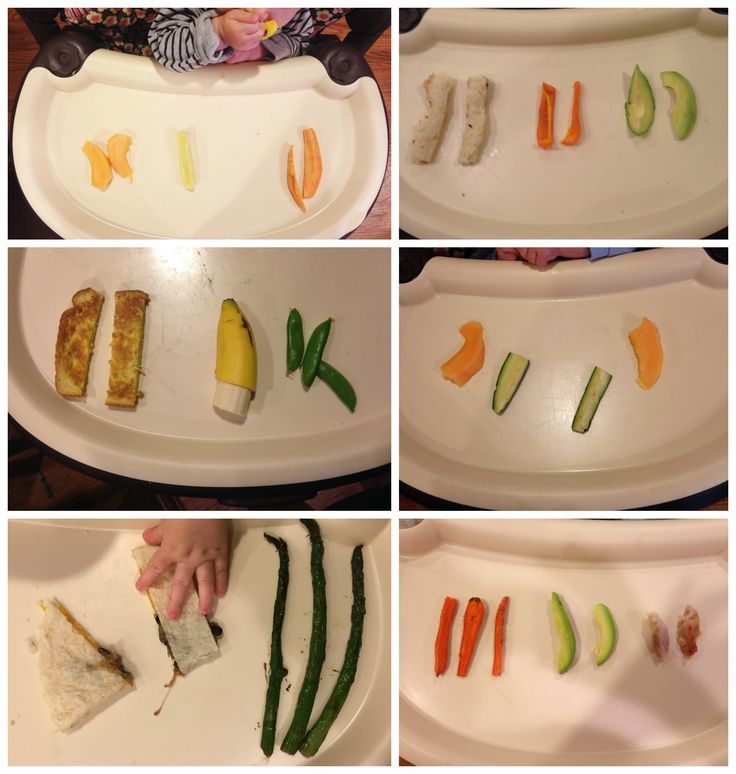 Therefore, in the south, primarily bananas are grown as ornamental plants.
Therefore, in the south, primarily bananas are grown as ornamental plants.
History of the banana
Banana is a plant known since ancient times. Its geographical origin was first determined by Academician Vavilov N.I. in his work Centers of Origin of Cultivated Plants. The banana is native to the Malay Archipelago. Initially, Malaysians ate the fruit of this plant along with fish.
Malaysians took these fruits with them on their travels in the Pacific Ocean. So this delicious delicacy has become widespread. In the XVII-XI centuries BC. in the monument of Indian culture, the Rig Veda, there are references to the banana. These are the earliest records of this plant in written sources. Since the cultivation of bananas in Russia was not possible, it was possible to taste the fruits of this plant only through its import into the country.
However, bananas do not tolerate long-term transportation: the process of fruit rotting begins at t above 14C. And only in the 19th century, when cargo ships equipped with refrigeration units appeared, did a Russian person taste a banana for the first time. But still, this exotic fruit was not available to the masses, and among those who could afford it, it was not particularly popular. Obviously, during the First World War, as well as during the Civil War, there was no time for bananas. Large quantities of bananas began to be purchased under Stalin, who fell in love with these fruits. Under him, this sweet fruit became widespread throughout the USSR.
But still, this exotic fruit was not available to the masses, and among those who could afford it, it was not particularly popular. Obviously, during the First World War, as well as during the Civil War, there was no time for bananas. Large quantities of bananas began to be purchased under Stalin, who fell in love with these fruits. Under him, this sweet fruit became widespread throughout the USSR.
Benefits of bananas in baby food
Bananas contain so many important nutrients that it can be considered one of the most perfect foods.
Bananas are an excellent source of the key electrolyte potassium, which is used by muscles and regulates blood chemistry and supports cardiovascular and kidney health. It also supplies the baby with vitamin A, vitamin B6, vitamin B2, vitamin C, calcium, magnesium, sodium, copper, iron and zinc. B vitamins support the health of the immune system, nervous system, hormonal levels, perform basic metabolic functions of the body, and are also necessary for the normal development and functioning of the brain.
Babies love bananas because they have a natural sweetness that intensifies as they mature, providing kids with plenty of energy for growth and development. In addition, ripe bananas contain pectin, a soluble fiber that aids the digestive system and prevents constipation.
However, it is important to remember that unripe bananas often have the opposite effect and can cause constipation.
Fully ripe bananas are better for the baby because they contain more antioxidants than unripe fruits.
If a child is suffering from a nasty bout of diarrhea, bananas can be helpful in replacing lost electrolytes. Bananas are also included in the Brat diet to improve the condition of the child during diarrhea. Therefore, with constipation, it is best to exclude bananas from the diet.
Food allergies are due to certain amino acids that cause food intolerance or indigestion in some people. Bananas contain simple or benign amino acids that are always digestible.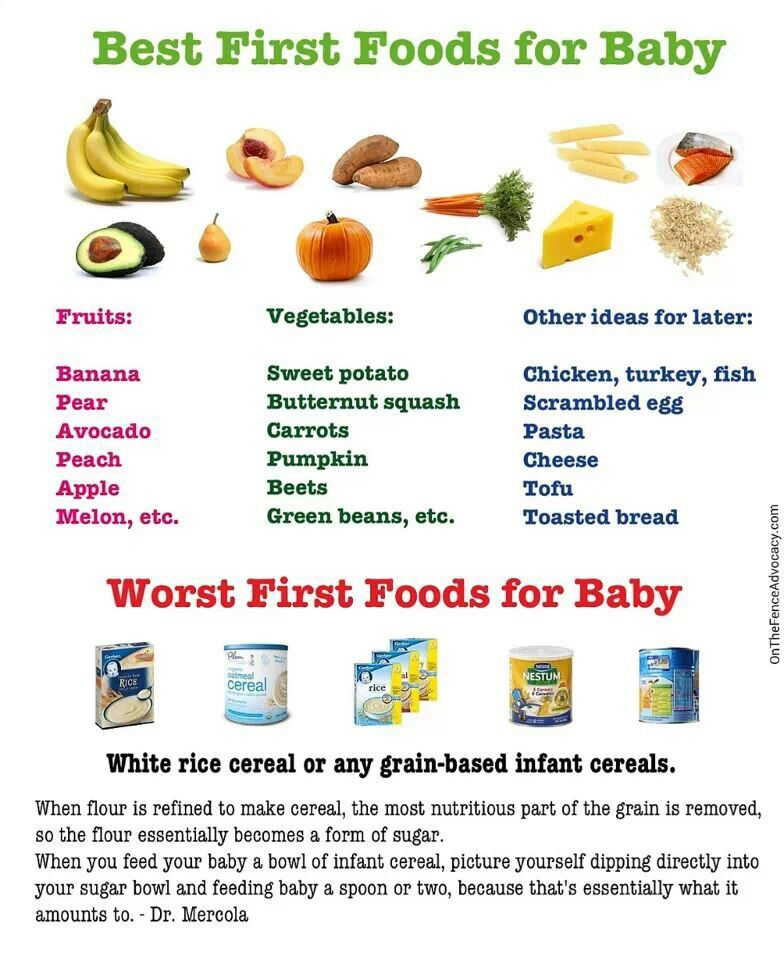 This makes bananas an ideal food for babies due to their easily digestible function.
This makes bananas an ideal food for babies due to their easily digestible function.
And if these benefits weren't enough, then remember that bananas are excellent nutrition for children, since their consumption improves the body's absorption of calcium, which regulates bone growth and skeletal development, and plays an important role in the production of certain hormones. Bananas also contain magnesium and phosphorus, which are necessary for the skeletal health of the child, because magnesium is an extremely important element in regulating energy production within the cell, and phosphorus works closely with calcium to help build strong bones and teeth. Iron and copper, on the other hand, are essential for good blood and hemoglobin levels.
Bananas are also known as natural antacids. They are known to help protect the body from stomach ulcers and gastritis. The reason for this rare and almost unexplored fact is that bananas contain "mucilaginous oily substances" that boost natural mucus production.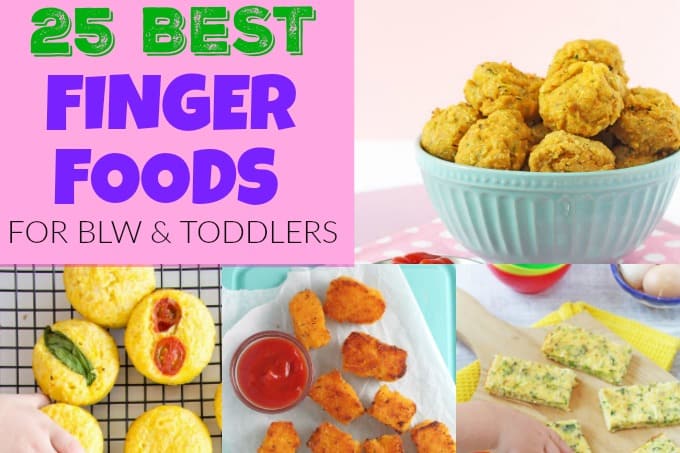
When is a banana added to complementary foods? The most common question among parents. American pediatricians advise introducing a banana after 6 months, but our Russian pediatricians adhere to an age of 8-10 months, i.e. a banana as the first complementary food is introduced after 8 months. This is explained very simply, firstly, the banana does not grow in Russia, and is considered an exotic fruit, so an allergic reaction is possible. Secondly, the fruit belongs to the sweet fruits.
If the baby tries a tender, sweet and airy banana, then you can forget about the introduction of broccoli or zucchini into the diet, fresh food will be much more difficult than sweet. Therefore, many pediatricians advise introducing vegetables or cereals first, and only then introduce the baby to less sweet and allergenic fruits, such as a green apple.
In Indonesia, the most popular first food for a baby is a banana.
Many exotic fruits in baby food are introduced after 12 months, but bananas are an exception.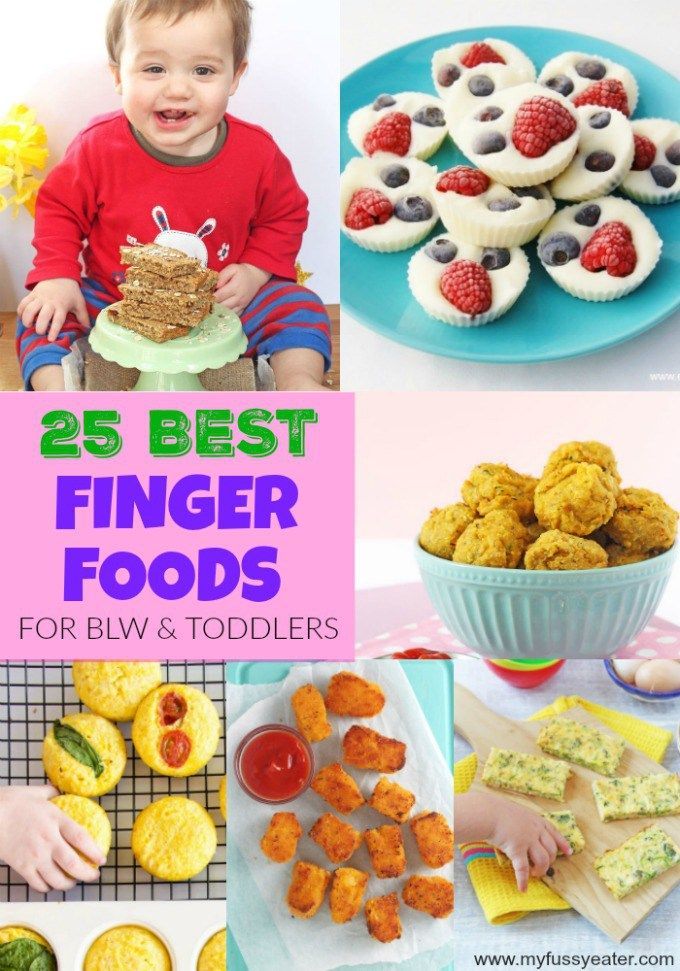 Their wonderful nutritional composition, as well as easy digestion by the child's stomach and incredible ease of preparation, are especially liked by all parents. Moreover, parents like a banana for children as a first food because the fruit can be sucked, crushed, licked, swallowed without chewing. For this reason, a banana is introduced into complementary foods after 8 months, but before the child is 12 months old. However, if the child is prone to allergies, then the fruit is introduced after 12 months.
Their wonderful nutritional composition, as well as easy digestion by the child's stomach and incredible ease of preparation, are especially liked by all parents. Moreover, parents like a banana for children as a first food because the fruit can be sucked, crushed, licked, swallowed without chewing. For this reason, a banana is introduced into complementary foods after 8 months, but before the child is 12 months old. However, if the child is prone to allergies, then the fruit is introduced after 12 months.
The first time a banana for children must be boiled, i. it is necessary to acquaint the baby with thermally processed fruit, for better absorption by the body. After the introduction of the processed banana into complementary foods without allergic reactions, you can introduce the baby to banana puree from fresh fruit.
Banana puree is introduced into the diet as a regular product, first the child is given a taste of ¼ of a teaspoon, then ½ tsp. etc. Complementary foods are introduced about 4-7 days.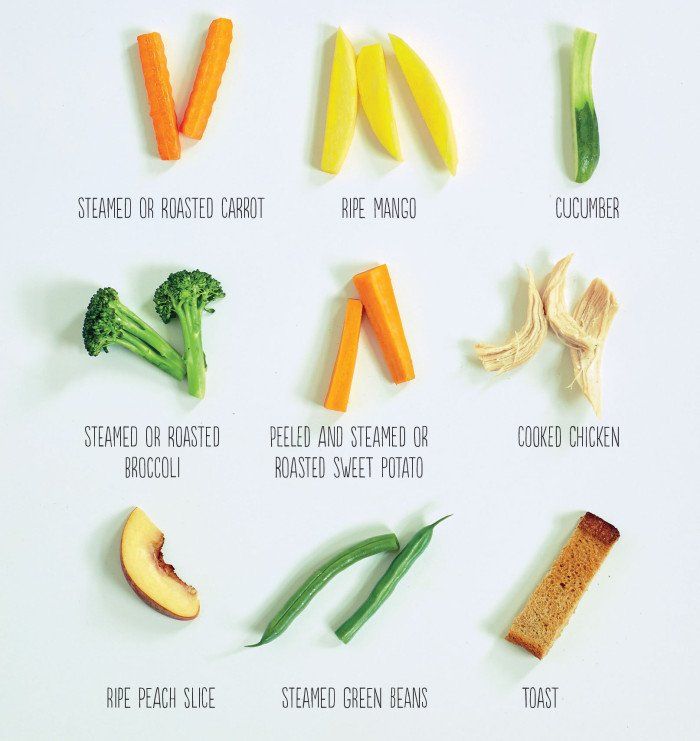 The daily dose of a banana at 8 months is about 80 grams, after up to 12 months about 90-100 grams, the average banana weighs about 126 grams, so you can give your child half a banana for up to a year. It is not worth giving a banana often, especially at first, so the consumption rate is 2-3 times a week.
The daily dose of a banana at 8 months is about 80 grams, after up to 12 months about 90-100 grams, the average banana weighs about 126 grams, so you can give your child half a banana for up to a year. It is not worth giving a banana often, especially at first, so the consumption rate is 2-3 times a week.
By the age of 1.5, a child can eat one medium banana per day, which is about 120-150 grams. From 3 years old, you can give 1 large banana about 200 grams per day and feed up to 5 times a week, from 6 years old you can feed your child 2 bananas per day, which is about 300 grams.
An interesting fact is that if you feed bananas to a child with a cough or cold, the symptoms of the disease increase.
For baby food, it is best to choose a ripe banana, which is more beneficial for digestion, as an unripe banana contains a lot of starch.
The Best Complementary Food
In addition to all the fantastic healthy properties of the banana, it is the most favorite natural processed food for children. Fruit in the peel, which does not need to be washed, just peeled and eaten. Therefore, bananas are very popular with parents who travel often, who have little time to prepare a full-fledged second breakfast or afternoon snack. The product takes up little space in the bag, but will fill the baby's tummy by 100% and allow the baby to hold out until a full meal.
Fruit in the peel, which does not need to be washed, just peeled and eaten. Therefore, bananas are very popular with parents who travel often, who have little time to prepare a full-fledged second breakfast or afternoon snack. The product takes up little space in the bag, but will fill the baby's tummy by 100% and allow the baby to hold out until a full meal.
Banana Allergy
Banana is a food with a moderate degree of allergy, so it is necessary to introduce it into the child's complementary foods with caution.
Banana allergy is a hypersensitivity reaction to proteins present in the banana. An allergic reaction when eating a banana can be mild or life-threatening.
If you develop any unpleasant symptoms after taking a banana or food with a banana as a supplement, you should immediately consult a doctor.
Allergy to bananas is acceptable due to the presence of protein chitinase. The human body is unable to destroy chitinase, and this forces the immune system to work, which produces antibodies to allergens.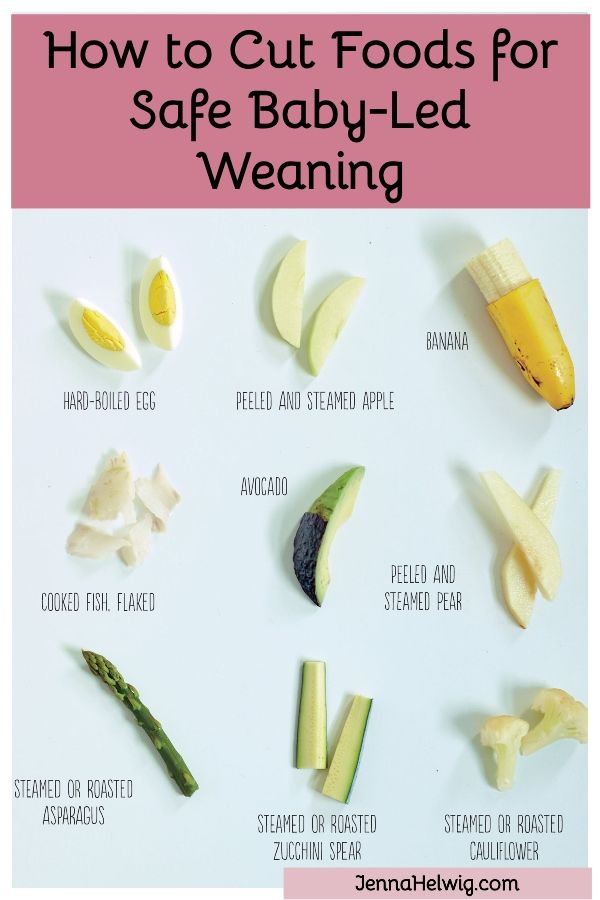 These antibodies additionally produce histamine, which acts on various areas of the body, such as the eyes, nose, gastrointestinal tract, lungs, and skin, to cause unwanted symptoms. Such a reaction is a type 1 allergy, a type of hypersensitivity created by the immune system. Banana protein is also present in avocados and kiwis, so it's not uncommon for those who are allergic to bananas to not respond well to them.
These antibodies additionally produce histamine, which acts on various areas of the body, such as the eyes, nose, gastrointestinal tract, lungs, and skin, to cause unwanted symptoms. Such a reaction is a type 1 allergy, a type of hypersensitivity created by the immune system. Banana protein is also present in avocados and kiwis, so it's not uncommon for those who are allergic to bananas to not respond well to them.
Pollen is another possible cause of banana hypersensitivity. If the baby has an allergic reaction to birch pollen, the chances of a banana allergy are much higher. In some cases, banana allergy occurs when a child comes into contact with fresh fruit. Although cooking a banana may reduce the risk of an allergic reaction in some children.
The surprising fact is that latex can be a trigger for those who are allergic to bananas. This is due to the natural level of chitinase in the rubber tree, the sap of which is used to make latex.
Many people confuse banana allergy with banana intolerance.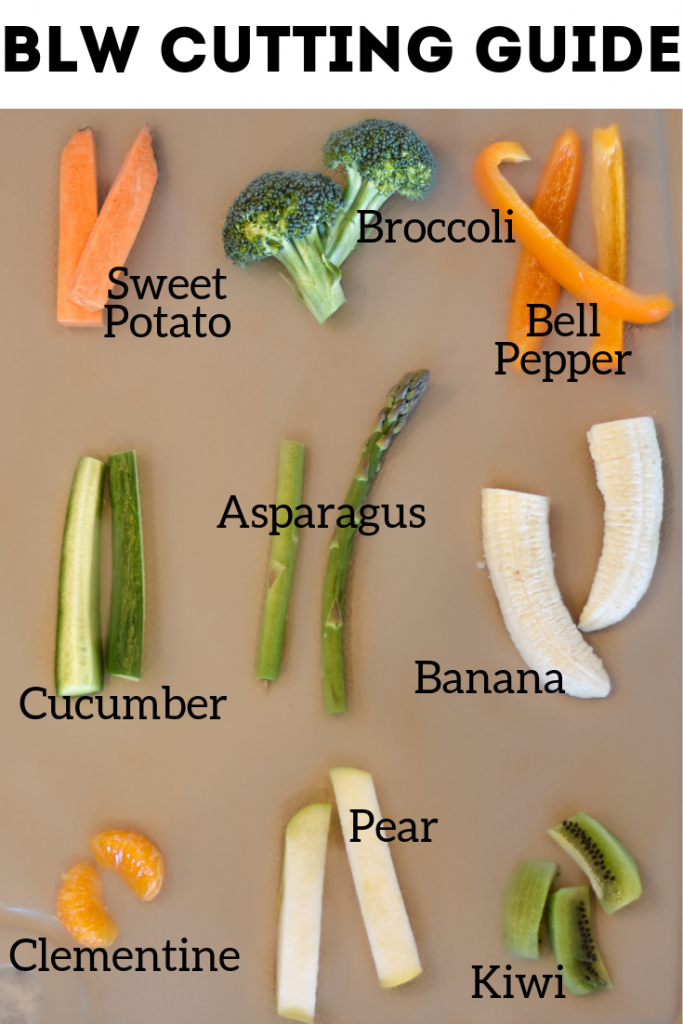 However, these two concepts are not the same, although the symptoms they cause are very similar. It should be noted that banana intolerance symptoms are usually milder than banana allergy symptoms. Under normal circumstances, banana intolerance can take a few days to show up. What's more, banana allergies are more associated with a weakened body's immune system, while intolerance is associated with a weak digestive system.
However, these two concepts are not the same, although the symptoms they cause are very similar. It should be noted that banana intolerance symptoms are usually milder than banana allergy symptoms. Under normal circumstances, banana intolerance can take a few days to show up. What's more, banana allergies are more associated with a weakened body's immune system, while intolerance is associated with a weak digestive system.
Interestingly, not all people are allergic to green and ripe bananas. Some may only be allergic to green bananas and enjoy the delicious taste of ripe bananas without any problem. There are quite a few people who are allergic to both types of bananas. In some cases, people have also been found to outgrow allergic reactions at some point in their lives, but this is not the case for everyone. It's always best to check with your doctor to see if your child can continue eating bananas despite some allergy symptoms.
If a child vomits after eating a banana, this is a fairly important sign of anxiety.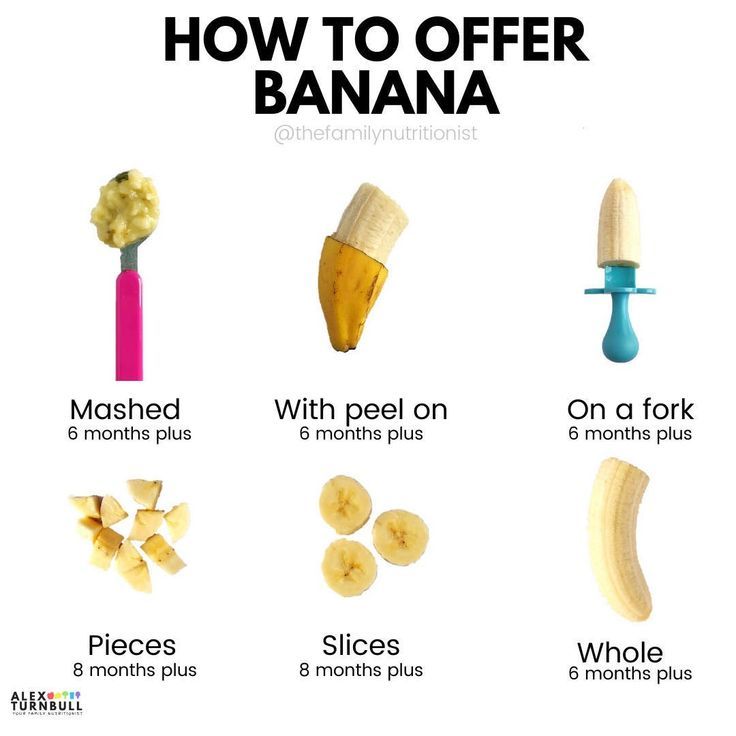 Banana allergy in babies also causes rashes. Or, you may find that the skin around the baby's mouth is unusually reddish after eating a banana.
Banana allergy in babies also causes rashes. Or, you may find that the skin around the baby's mouth is unusually reddish after eating a banana.
Urticaria, eczema or reddish spots may also appear. The sensation of itching is also often possible in infants. Sometimes the tongue becomes inflamed, and the mouth and face swell. In many cases, symptoms may appear unambiguously or additionally as problems with the gastrointestinal tract. Keep track of how your baby feels for a few hours after eating bananas. Some common symptoms are nausea, abdominal pain, diarrhea, increased gas and vomiting.
Some children may experience respiratory symptoms after eating bananas, such as shortness of breath, chest tightness, moodiness, wheezing, congestion or runny nose and cough. In severe cases, fainting is also possible.
Cooked bananas are said to be less allergic than raw bananas. When introducing bananas into complementary foods, it is necessary to follow the rule of waiting for 4-7 days.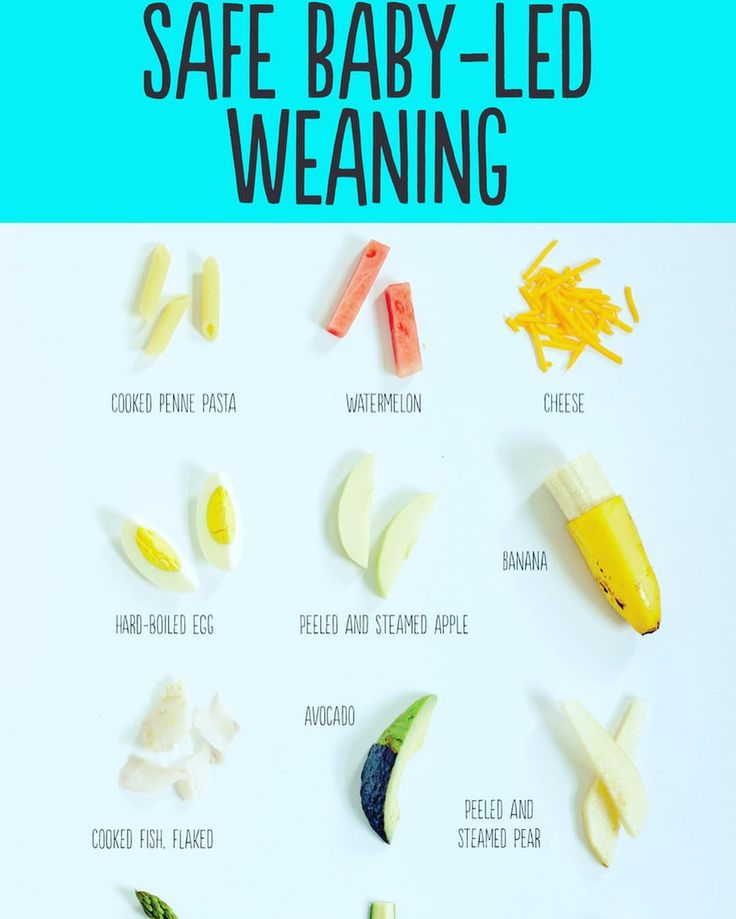
How to choose and store bananas
In order to choose quality bananas, first of all, you need to pay attention to the appearance of the fruit: it should be smooth and matte, the color of a ripe banana is bright yellow. Black dots on the banana peel indicate that the fruit has ripened and is ready to eat. However, the presence of black spots on the peel indicates the onset of rotting of the fetus. Also, do not buy bananas with damaged peels. A grayish skin tone can be found in bananas that have undergone hypothermia.
Bananas should not be stored in the refrigerator as they darken quickly there. The optimum temperature for storing fruits is from 7 to 13 degrees. For faster ripening, the fruits need to be placed in a warmer place. Bananas are best preserved as a whole bunch. Depending on the stage of maturity, bananas keep up to one month. In winter, you should buy bananas in stores, supermarkets, hypermarkets, and not in markets, as there is a risk of finding frozen fruits in open outlets.
Pesticides and bananas
Bananas are usually labeled with manufacturer's name. In addition, bananas often have stickers with numbers on them, which can say a lot about the way bananas are grown. So, codes 4011 and 94011 indicate that these fruits are organic, without chemistry. This should be considered when buying bananas for a child. If the fruit has a sticker of five numbers that starts with the number "8", then it is genetically modified bananas. And if the beginning of the code is the number "3" or "4", then the plant was fertilized with chemical reagents and pesticides.
A shipment of bananas is treated with benzimedazole before being sent to its destination. This substance has a dual effect: it does not allow fungal infections to multiply in bananas and does not allow the fruits to ripen ahead of time.
To ripen bananas that are picked while still green and not ripe, they are treated with the so-called banana gas. Banana gas components are high purity ethylene and nitrogen. Temperature and gas push the fruits to ripen. This gas is harmless and similar to the substance that is released during the natural ripening of a banana.
Temperature and gas push the fruits to ripen. This gas is harmless and similar to the substance that is released during the natural ripening of a banana.
Freezing bananas
I don't know why it is necessary to freeze bananas. They can be purchased at any time in any store at the best price. Although it is possible to freeze a banana, and when the child grows up, then it is necessary. To make natural popsicles, you need a frozen banana cut into small pieces.
It is best to freeze a banana cut into pieces without peel. When defrosted, it may darken slightly and have a runny consistency. You can store a frozen banana for no more than 3 months. Before freezing, you need to decide what the frozen fruit will be used for. If for baking, then it is better to peel and freeze the banana whole, if for ice cream, then peel and cut the banana into small pieces, then freeze, so it will be easier to whip it with a blender.
Banana puree darkens when exposed to air for a long time, so for freezing it is necessary to add a little lemon juice (if lemon is included in the child's diet). You can freeze in ice molds. You can store banana puree for no more than 1 month. You can use banana puree mixed with other fresh fruits.
You can freeze in ice molds. You can store banana puree for no more than 1 month. You can use banana puree mixed with other fresh fruits.
Dried bananas
Dried bananas and banana chips are available at the store. Dried bananas are a dried whole product in a special way. Banana chips are a product cut into round pieces that have been dried in a fast way. Dried bananas are high in calories and high in sugar. This must be taken into account when choosing this dried fruit. Dried bananas and banana chips are great substitutes for candy, but should be given in limited amounts, especially to children under 3 years of age.
Canning bananas
In general, bananas are preserved, although I don't see the point, since bananas are available all year round in stores. But you can make jam, jam, marmalade, candied fruit, marshmallow, banana puree from a banana (sugar is used in the recipe).
Contraindications
1) Babies under three years of age should be given a banana with caution, as it is difficult for the digestive system to absorb such a product, and there is also a risk of developing allergies.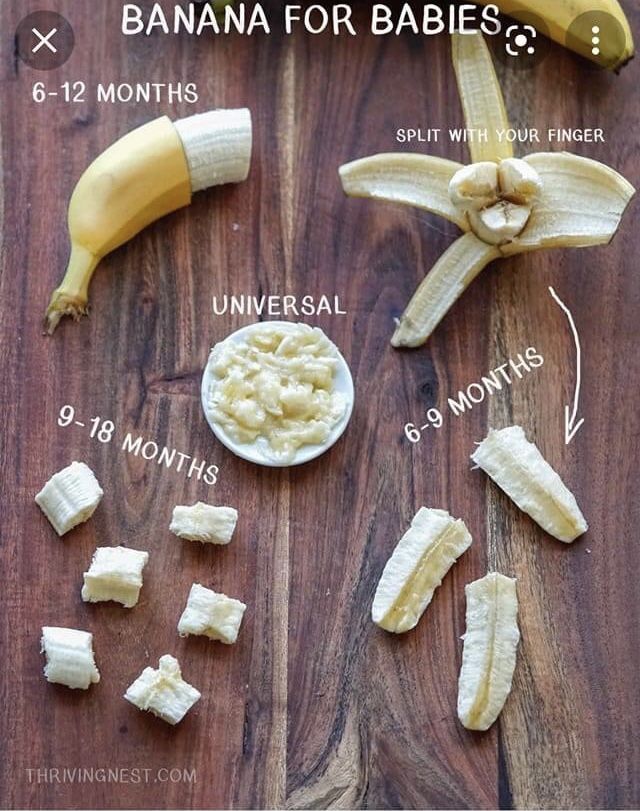
2) When eating a large amount of bananas, an excess of vitamin K is possible. This vitamin provokes kernicterus and hemolytic anemia.
3) With varicose veins, thrombophlebitis, people who have had a heart attack or stroke, bananas are contraindicated. They can lead to blood clots in people who have thick blood.
4) Since ripe bananas contain a large amount of sugar, this product is not recommended for people suffering from diabetes.
5) Bananas are not recommended for bile flow problems, as they are slowly digested.
6) Bananas can also cause increased gas and flatulence due to slow digestion.
How to cook bananas
Bananas in baby food are consumed fresh, only at the beginning of complementary foods it is given in cooked form before the product is introduced into the child's diet.
Fresh: Banana must be peeled, cut into pieces, beaten with a blender, served on the child's table.
Cooking: Peel the banana, cut into pieces, boil the banana in water or steam for 3-5 minutes, beat with a blender or mash with a fork, invite the child to try.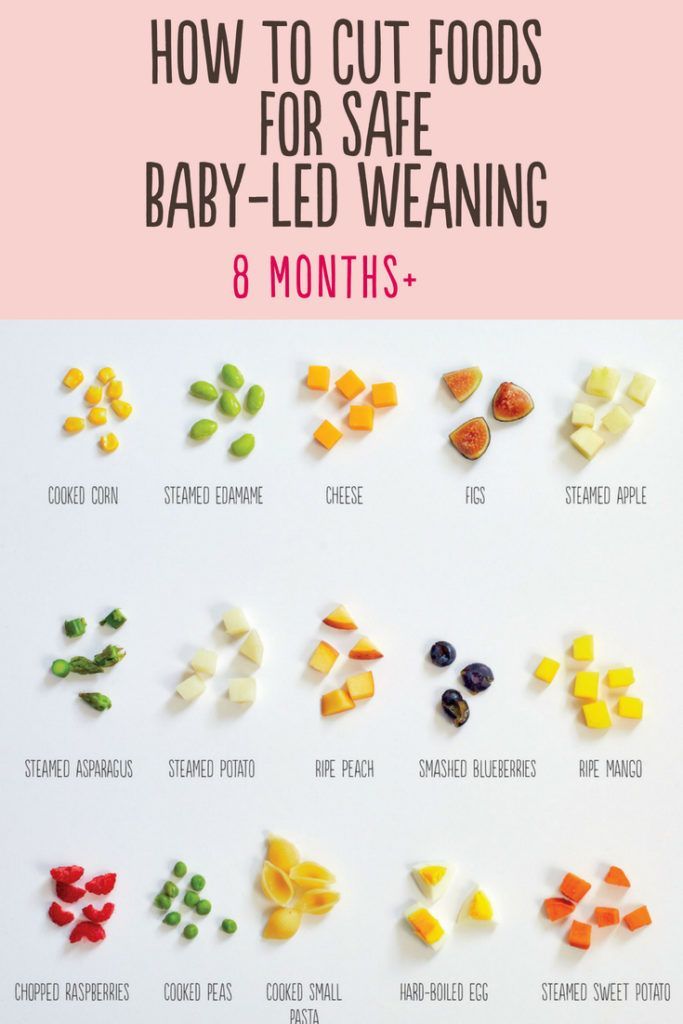
Roasting: Put the peeled banana on a baking sheet and bake at 200 C for 20 minutes, beat with a blender, serve.
Proposed method of consuming bananas in baby food
Banana is offered fresh, at first the baby eats banana puree, later pieces of bananas, by 12 months the baby can be given a whole banana, which he will eat with pleasure.
A banana is an ideal snack for a child, which can be done on the street, in line, on a journey when it is impossible to eat fully.
The fruit is also very good for breakfast, as it provides a natural boost of energy. You can also add a banana to smoothies, cocktails, sweets, ice cream, pastries, sweet cereals, berry and fruit salad. This fruit makes an interesting sauce for meat and fish dishes.
Finger food
Banana is great for finger food. It is soft and turns into a porridge in the mouth, which is easy to swallow. At first, you can give small pieces of a ripe banana, as the child grows older, you can offer larger pieces.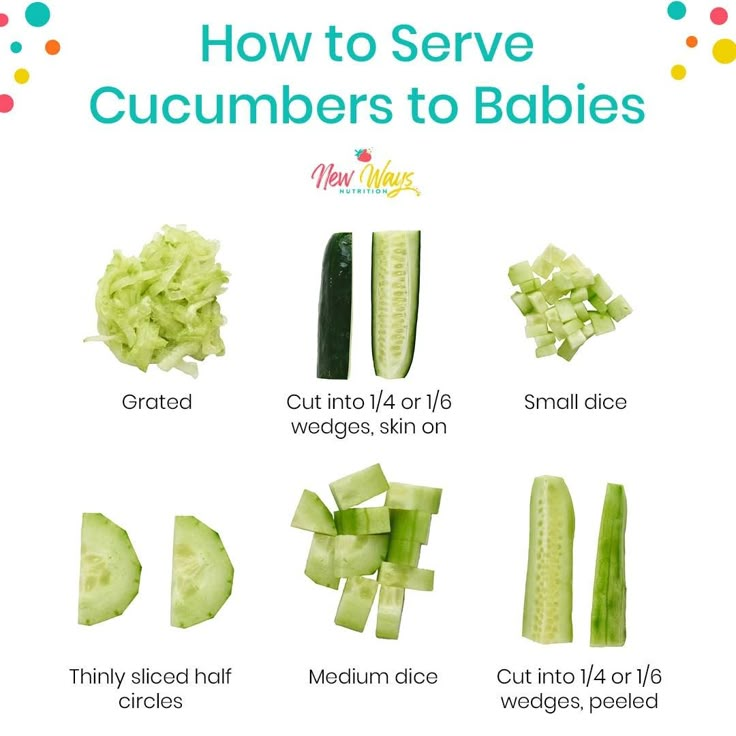 As a result, by 12 months, the child will eat a whole ripe banana.
As a result, by 12 months, the child will eat a whole ripe banana.
I draw your attention once again, we offer the child a soft ripe banana, as he can choke on an unripe product. And also when introducing a banana as a finger food into the diet, adults should always be present and help the baby if he does choke.
Many parents think about how to cut a banana into long, thin pieces that are equal to the thickness of a finger and can easily fit in a child's hand. This is easy to do. We remove the peel to half the banana, remove the black circle from the top of the banana, put our finger in the center and press, as a result, the banana is divided into three equal parts, we get three banana sticks equal in thickness to an adult's finger.
Keep in mind that banana is a soft product, so at first finger food everything will be in banana. Do not worry, the baby will learn to eat it carefully, but a little later.
Banana drink
Pure banana juice is not made.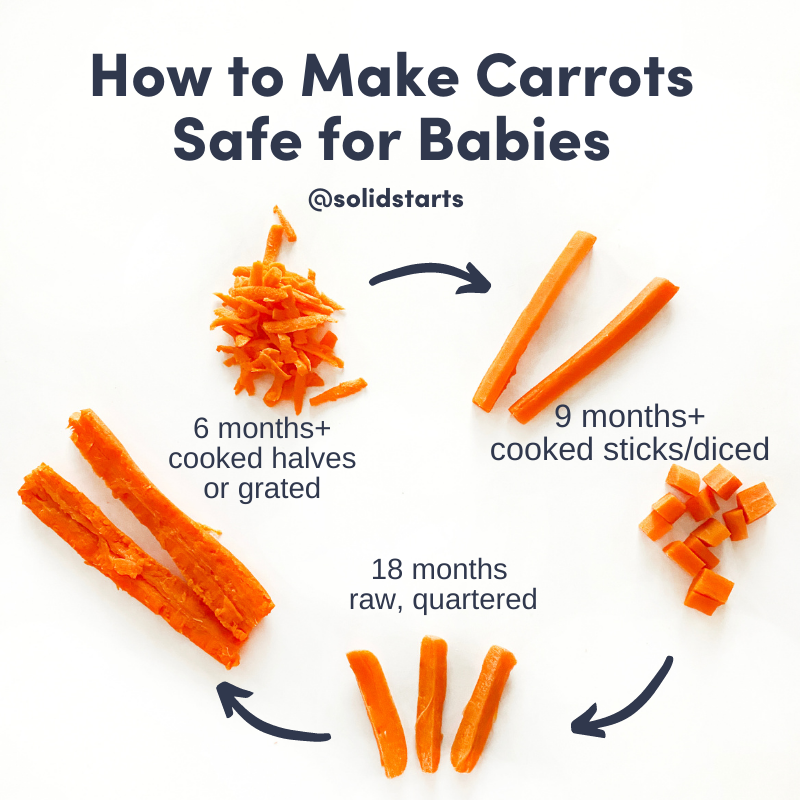 Banana is mostly used in milkshakes or smoothies as banana puree combined with milk or water.
Banana is mostly used in milkshakes or smoothies as banana puree combined with milk or water.
Banana prepackaged baby food
Prepackaged baby food manufacturers offer many banana products for babies. Basically, pure banana puree is rarely sold, as lemon juice, vitamin C, water, cream, and milk are added to the banana.
Therefore, when buying baby puree, it is necessary to carefully read the composition, if the child is allergic to dairy products or lemon juice, or if these products have not yet been introduced into the diet, then this ready-made food should not be given. I draw your attention to the fact that in Gerber, where it says “Only Banana” on the jars, there is citric acid, vitamin C and water.
Citric acid or lemon juice is needed to keep the banana puree from turning dark. However, lemon belongs to citrus fruits, so it is introduced into the diet after 12 months. An allergic reaction is possible to it.
Pure banana juice is also not found, mainly this banana pulp is diluted with water and seasoned with lemon juice or acid.